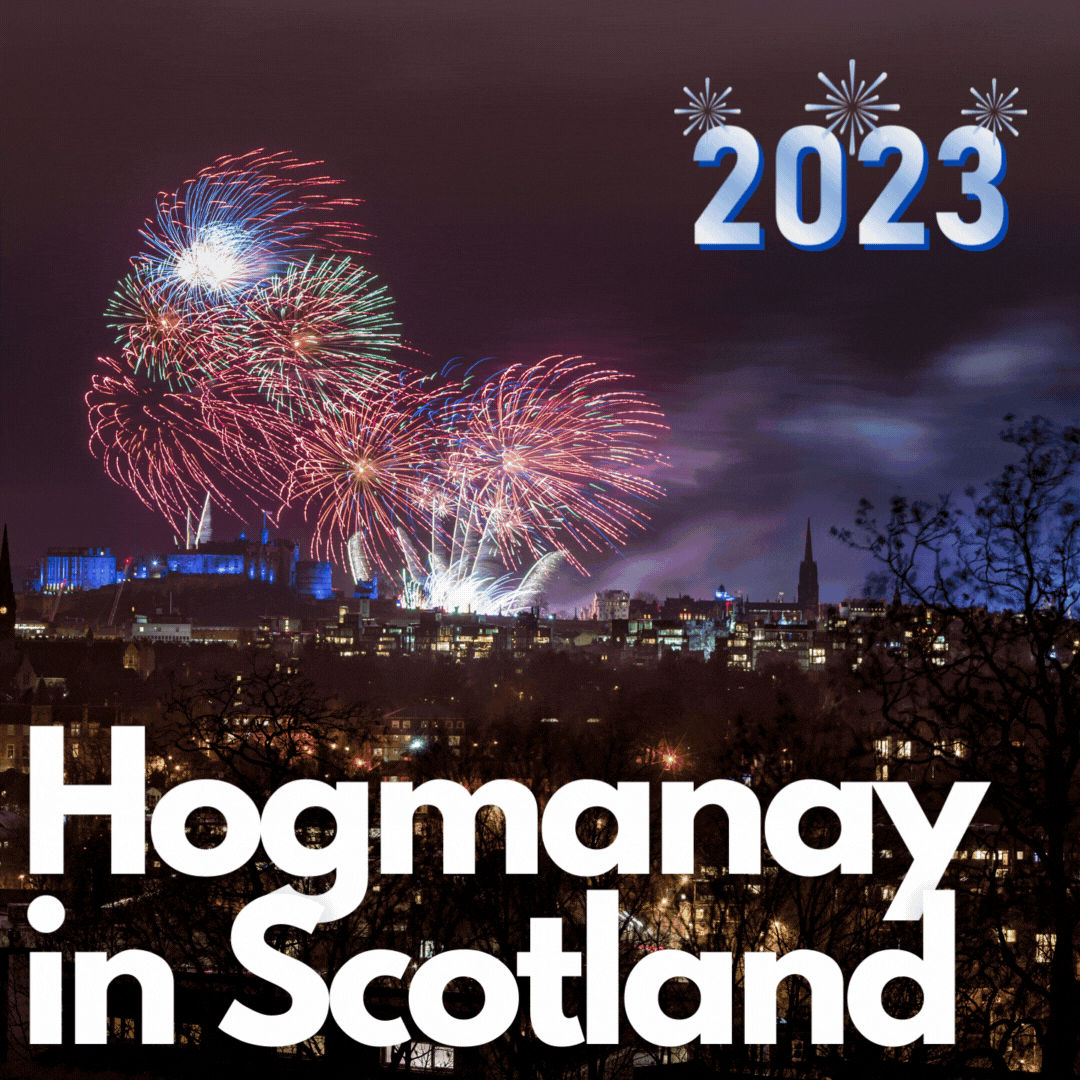Hogmanay in Scotland

Why is Hogmanay Such a Big Deal in Scotland?
Scotland is historically famous for putting on huge celebrations for New Years Eve, known as Hogmanay. From ancient traditions to huge modern day street parties, Scotland has a culturally significant back-story to why Hogmanay is such a big deal, which is illustrated in the country’s history. Keep reading to find out the history of Hogmanay in Scotland, events that took place which lead to it’s importance and how you can partake in celebrations today!
The History
The origins of the word Hogmanay is debated, with some arguing it has gaelic routes and others suggesting it’s derived from the French language. But what is certain is Hogmanay is the official word for the Scots language, meaning the last day of the year.
The history of celebrating the last day of the year takes us back all the way to the Vikings, or perhaps even further to pagan times. As with a lot of Scottish celebrations and culture, Hogmanay is thought to have been based around Winter Solice. Once the shortest day and night of the year has passed and the harvest was completed, celebrations including feasting, resting and partaking in traditional ritules would be carried out over the festive season until New Year. Throughout history, these days of celebrations were lovingly nicknamed the “daft days” due to everyone’s appreciation for partying with loved ones over this period.
When Cathocicism was brought to Scotland, these celebrations continued, however the new religious leaders were dissaproving of these ancient celebrations contuniuing. In 1560, there was legal changes on how the newly Christian country should spend the Christmas period. Christmas being an official holiday was banned in 1640 by an Act of Parliamement, and remained very much enforced until the late 17th Century. Christmas remained discouraged in Scotland a lot longer than it was in England, and Scotland was only officially deemed a public holiday in 1958! Due to these sanctions on partying over Christmas, it’s believed this is why the celebrations of the New Year became so wildly celebrated.
Traditional Ways to Celebrate
Traditional ways to celebrate Hogmanay in Scotland are very much still uphelt today, and are extremely easy to partake in!
First footing is arguabley the most common, and is known as visiting friends and family immediately after midnight. Traditionally the first visiter of the home in the new year would bring a lump of coal, to symbolise hope that the home is kept warm for the rest of the winter. It is also custom that the first footer gifts freshly baked bread, so that the the house doesn’t go hungry in the New Year.
Historically it would be especially good luck if your first footer was a dark haired man, due to worries of Vikings tending to be blonder. This is less of a concern in our modern days, and a lump of coal or loaf of bread is probably not expected. However, the tradition of having friends and family over in the New Year and enjoying food and warmth together is defintely an easy and enjoyable tradition to partake in.

Another widely popular New Years tradition in Scotland is to sing “Auld Lang Syne” immediately at midnight, locking hands with loved ones. You’ll find this sang at most Scottish Hogmanay parties and pubs, with the song being used to bring in the New Year since the 1700s.
Traditional custom also saw households deep clean their homes, ensuring all debt, bad blood and issues were left in the old year and discarded for the new one. This of course, is always to be encouraged!
Modern Scottish Celebrations
Edinburgh is known to host of of the world’s biggest hogmanay celebrations. Without the distruption of Covid, Edinburgh normally hosts a torchlight procession on the 30th of December.
Thousands of people holding lit touches, playing the drums and and pipers walk through the capital. The walk ends at Holyrood Park, and creates amazing scenes of fire, merryment and music!
The Hogmanay Street party is another spectacle that is famous all over the planet. Tens of thousands gather at Princess Street within the heart of Edinburgh, and count down the bells. At midnight a huge firework is displayed from Edinburgh Castle, with live music and outdoor bars featured throughout the night. Of course, Auld Lang Syne is heard chanted throughout Edinburgh.


 Check out our Yotpo Reviews
Check out our Yotpo Reviews